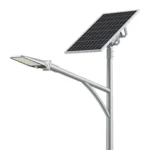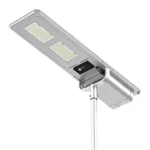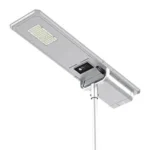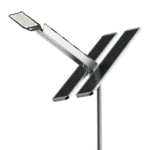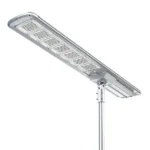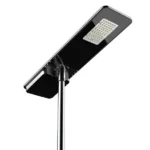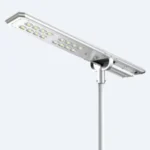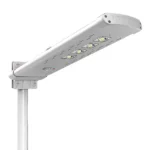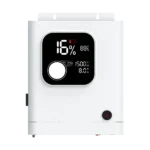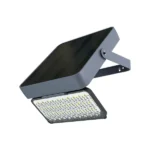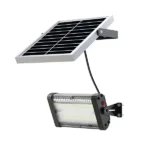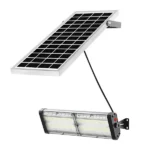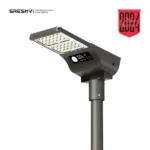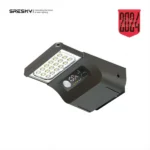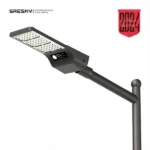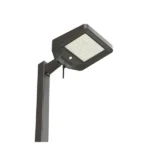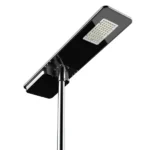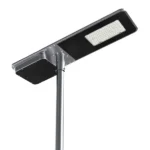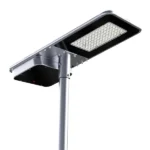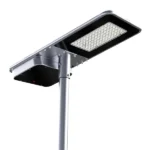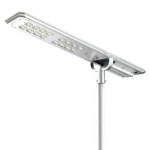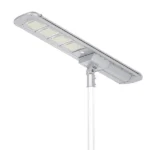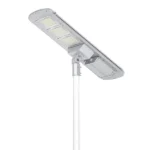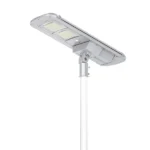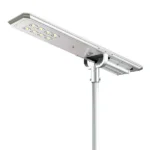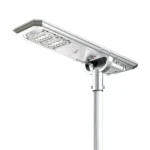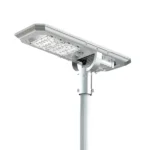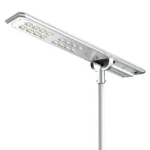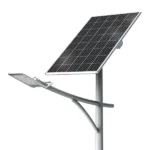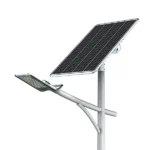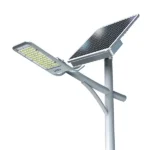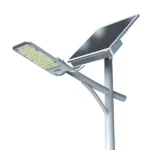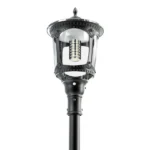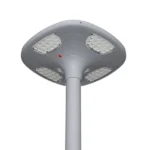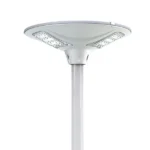With the arrival of the warmer months, the outdoor areas of the house are full of life and vigour. The gardens, decking and lawns become very busy and pleasant spaces for a variety of activities including reading, catching up with friends, spending an evening with your partner, or just relaxing.
To achieve optimum performance and realise their full potential, we needed to understand how to provide the right lighting for the garden to enhance aesthetics and comfort, whilst taking energy efficiency into account.
General tips for garden lighting
Before we explore the subtleties of garden lighting, let us know some basic ideas:
Firstly, we need to ensure that we are illuminating what we need to focus on. The overall design of garden lighting should follow the principles of interior lighting, i.e. light is directed to the area we need to focus on and the layout of the lighting is tailored to the specific purpose of that area. This means that different functional areas in the garden, such as a seating area for lounging, a terrace for parties or a barbecue area for barbecuing, should be lit accordingly to their functional needs.
At the same time, it needs to be remembered that garden lighting involves not only daylight but also night light. The overall lighting design should therefore steer clear of “bland” and overly glaring effects. We want the lighting to be bright and soft enough to provide the necessary visibility for evening activities, but not so bright as to obscure the wonderful sight of stars and moonlight.
The amount of light should be adequate, but not excessive. Excessive light increases light pollution and may interfere with our view of the stars and moon in the night sky. Therefore, we need to maintain a moderate amount of light while fully illuminating the garden to keep it cosy yet romantic at night.
In practice, a useful tip is to use indirect lighting for medium-height light sources or set the lights flush with the wall. This design helps to minimise glare and harshness, and is particularly useful in situations where a cosy but not harsh environment is required, such as lounge corners or seating areas in the garden.
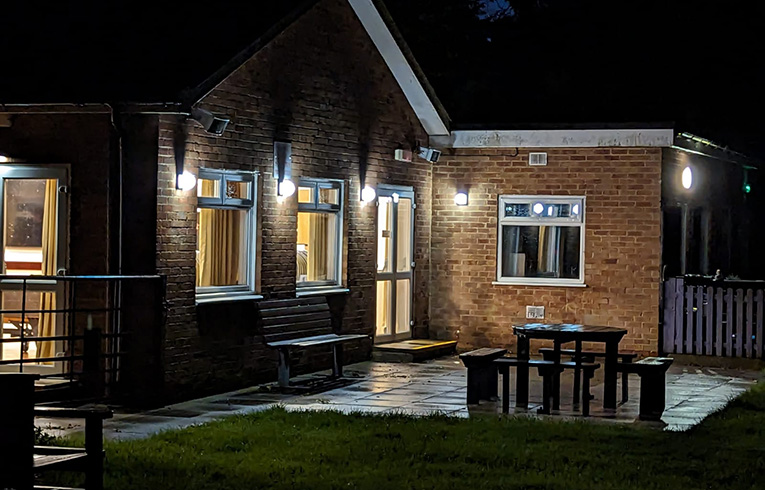
Suitable materials and IP
In porches or semi-covered areas where luminaires are exposed to some degree of weather and moisture, an IP23 rating is usually sufficient. This rating provides adequate waterproofing and solid protection against rain splash and general wet conditions.
However, when luminaires need to be installed in more challenging environments, such as the inside of a swimming pool, we need a higher level of IP protection. In this case, an IP68 rating is ideal. This rating provides maximum protection against solid objects and prolonged immersion, ensuring that the luminaire will still work safely and reliably when operating underwater.
It is therefore vital to select the right material and IP rating for the actual environment and exposure of the luminaire to ensure that it will operate reliably for long periods of time and will not be damaged by environmental factors.
Lighting Protection
Lighting conservation is a very important but sometimes overlooked matter. When considering how to light your garden there are some key areas to consider such as entrances, walkways, steps and windows. These areas can pose a safety hazard at night, so the right lighting design can ensure that you and your family are safer walking at night. For example, well-lit entrances and walkways can help you and your visitors find entrances more easily, reducing the risk of accidental falls. Lighting near steps and windows is also important as it helps you to see the edge of steps clearly to avoid falls, and can increase home security and reduce the risk of potential intrusions. Therefore, planning and designing your garden lighting layout wisely, paying particular attention to these key areas, will provide your home with a greater sense of security and comfort.
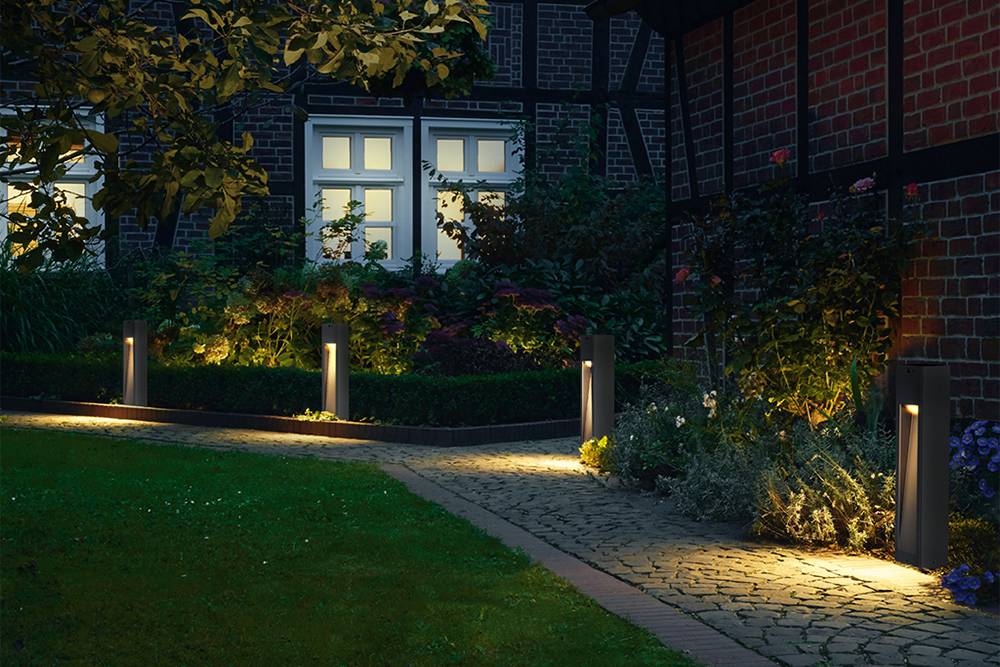
Areas of the garden that need lighting
Access areas:
This includes entrances to the garden and areas that may lead to different access points. These areas require direct and directional lighting, which can be achieved by wall or ceiling lights. Alternatively, the use of motion or light-detecting floodlights is a sensible option as they only activate when needed, providing additional security.
Meeting areas:
Such as porches or dining rooms, lighting should be chosen to suit different atmospheres. Wall lamps or chandeliers can provide these areas with a warm and cosy light, while floor lamps are also a good choice.
Passage areas:
It is an important pathway that connects various parts of the garden and therefore needs proper lighting to guide people forward. Signal lights or floor flush fixtures can illuminate footsteps without detracting from the overall brightness of the space. Additionally, bollards are an option that is both aesthetically pleasing and sustainable.
Work areas:
Such as barbecue areas and garages require fixtures that stay lit for long periods of time. Low-power wall sconces are ideal, while for less decorative areas, such as garages, minimalist wall sconces or spotlights are better suited to provide adequate lighting.
Accent areas:
Such as plants, fountains and sculptures require special lighting to highlight their beauty. Small projectors or stake lights can focus on specific objects to create a romantic and unique atmosphere. Decorative lights can carefully illuminate plants and trees to create a cosy atmosphere that you can enjoy in your garden or indoors.
SRESKY has a wide range of outdoor luminaires. Browse our collection or download the catalogue to discover all the possibilities we offer.
1000Lm
Table of Contents
